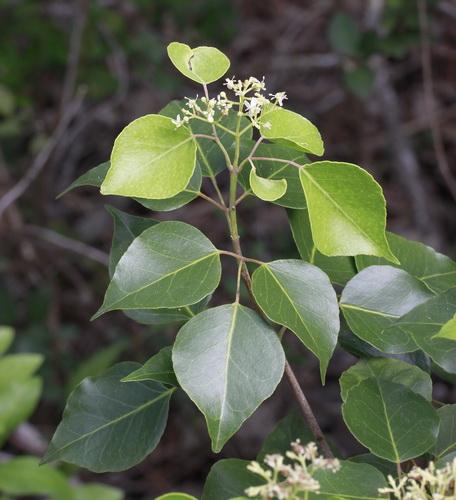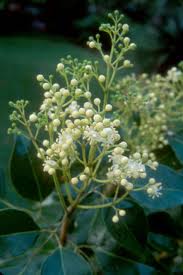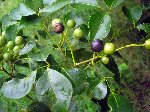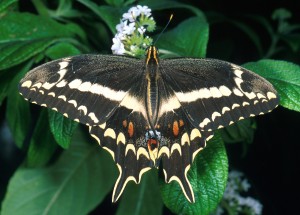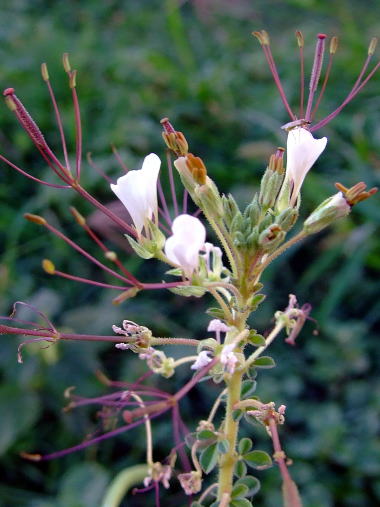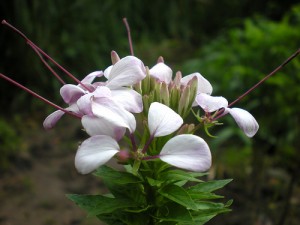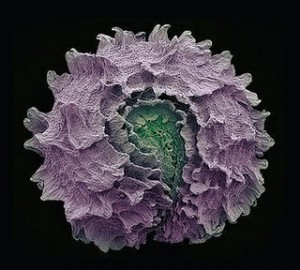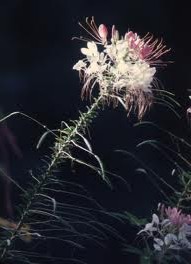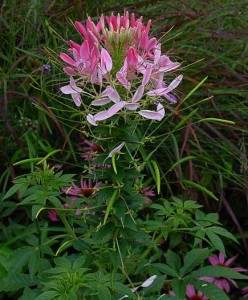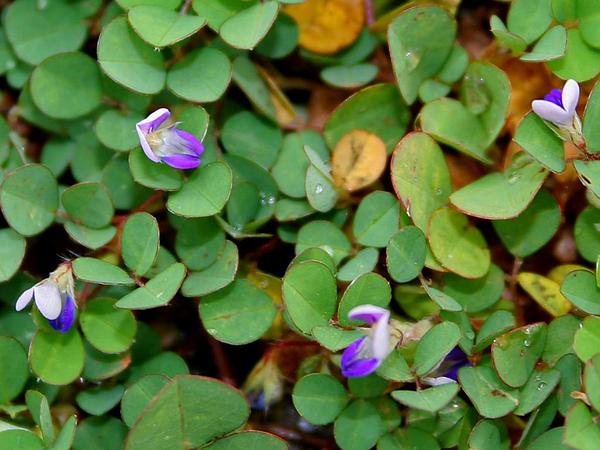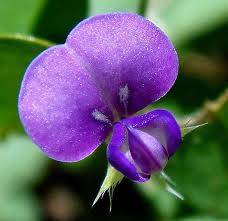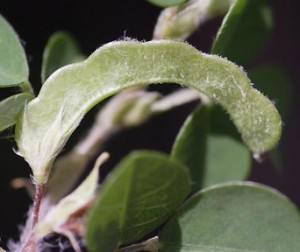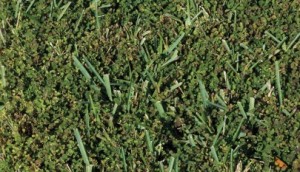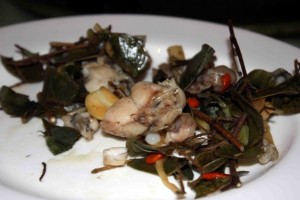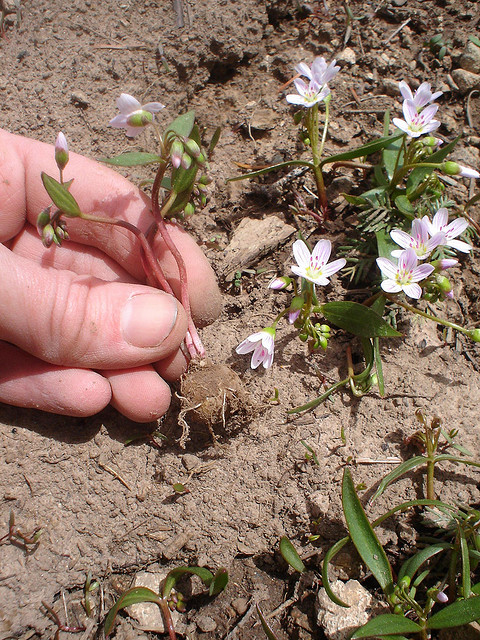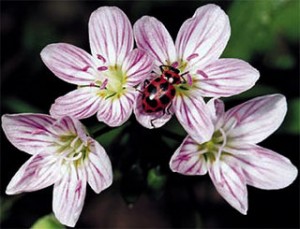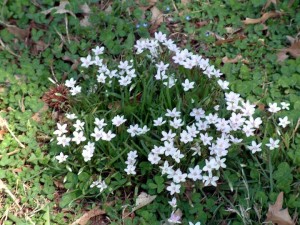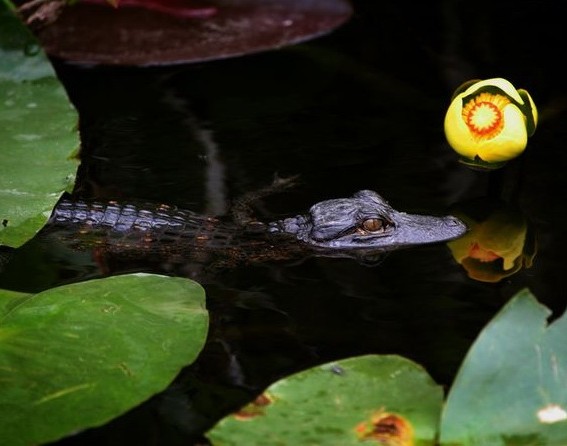
Young alligator swimming among nuphar leaves and blossom.
I caught a small alligator once. I was fishing for bass in a golf course water trap behind an apartment complex in Titusville, Florida (that’s west across the Indian River from the space center.) I had already caught a few bass.
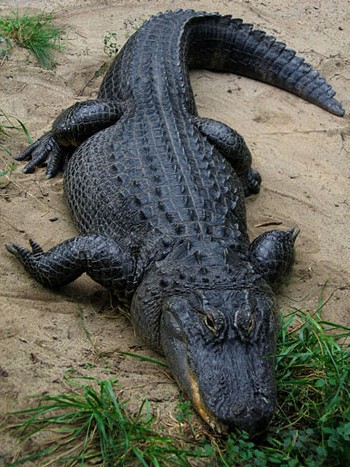
They can run as fast as a horse. Can you?
I was using a six-inch rubber worm, which always worked well for me. I was dropping it on the edge of the pickerel weed. I felt a small tug which is exactly what bass do, then a stronger tug. I set the hook. Then the tug got real strong, nearly pulling the rod out of my hand then nothing. Broken line, I thought, so I started to reel in. It was then I noticed a three-foot alligator swimming towards me. As I reeled in my line it went taut again. The gator had my rubber worm and was returning it, in person. For a moment I entertained tender young alligator steaks… then came to my senses, broke the line and haul my bass out of there.
Another time a friend and I were canoeing up Rock Springs Run in my 18-foot Mohawk when we startled a sunning gator. The alligator made a high jump and a big splash and went under the front of the canoe. As I was in the back some 15 feet away I was not too concerned… My friend, however, kept his soiled pants as a souvenir.
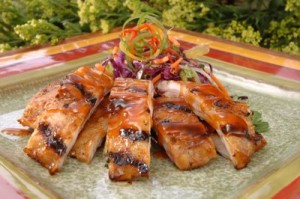
Gator ribs, a favorite at U of F tailgating parties
My last close encounter with the cold-blooded kind came only a couple of years ago. I was kayaking, again, up Rock Springs Run. The run varies, sometimes wide and shallow with no channel, at other times with a ten foot wide and deep channel. I was planning on heading upstream a few miles, turning around, then floating down while videoing plants, and eventually that is what I did. However, while going upstream I noticed two baby alligators floating on a Nuphar root. They were cute, about six inches long. I thought they would make excellent footage for my video.
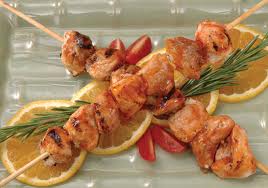
Gator-bobs warm from the grill
Since I noticed them as I passed the easiest thing to do was to stop paddling and just float backwards rather than turn around, let the current take me to them. By chance I happened to be wearing polarizing sunglasses that eliminated glare off the water. As I floated back toward the babies a huge alligator swam under the kayak and stopped between me and the little ones… I decided I didn’t need any footage of baby alligators. Reptilian mothers can be formidable, and she was longer than my kayak.
Not only have I encountered alligators in the wild but in the kitchen as well. I wish I could recommend alligator more wholeheartedly than I can. After all, I live in Florida and have had alligator many times prepared many ways.
Does it have a bad flavor? Not really. Is the texture off-putting? No. People say it tastes like chicken. If that’s the case than the chicken died from drinking a lot of swamp water. Alligator always has, to me, a bit of tooth and swampness about it. To your palate there’s never any doubt as to what you are eating.
Now, don’t misunderstand me. I eat everything, literally. There is no food I won’t eat. I don’t have any off-limit foods. In that regard I’m an easy dinner companion, guest, or co-pizza orderer. I eat everything. If you put a plate of gator in front of me down it goes, pass the Pickapeppa sauce please. These are just my observations about alligator.

Deep fried gator nuggets and fixin's
The texture is more like our larger game fish, and the flavor is more towards an oily sea fish than grain-fed chicken. Some “healthy meat advocates” say it tastes like mild white flesh fish, cod and tilapia and the like. I don’t know where they are getting their gator from but no gator I have ever eaten tasted that mild or delicate. Gator and sherry are not made for each other. Gator calls for accompanying flavors and seasonings to have some oomph to them. Marinades are your friend. (If someone introduces me to mild gator meat I will gladly rewrite the previous paragraph.)
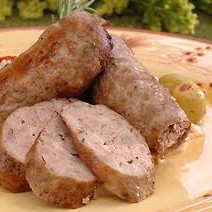
Gator sausage tops bear sausage
That said there are many things to recommend alligator meat. Here is a commercial view of gator meat: A four-ounce serving has 177 calories, beef 244. Alligator meat is 3% fat, beef is 12 though personally I think our anti-fat craze is not healthy. There is also the argument that alligator is more healthy than beef. That might be debatable. If caught in the wild, perhaps. If raised on a farm, perhaps not. About 100,000 alligators are farm-raised whereas several million run wild from Texas to North Carolina. Louisiana and Florida alone total three million wild alligators. Locally one sees them all the time from golf courses to even walking along the Interstate, and dead on the Interstate.
The state of Florida is not so nutritionally generous. It says a 3.2 ounce serving (smaller than above) has 232 calories, which would make gator meat more caloric than beef. The state also says it is more fatty, 4 grams per 3.2 ounce serving putting it at 4% fat, not 3%. According to the state gator meat is nearly half protein. Alligator meat is usually frozen — cough cough — and sold as ribs, fillets or steaks. The latter two are cut from the tail which is the whitest and most tender of the meat. Other meat leans towards pork in color and texture.
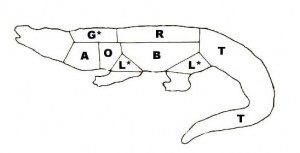
Eight cuts on an alligator, artist couldn't spell
Actually there are eight cuts on an alligator: Top of the neck G (this has to be cubed, stewed or beaten silly with a mallet.) The jaw, A, which is very tender, as is the tail meat, T. The lower neck meat, O, is like the top of the neck, read tough. The backstrap, R, is tender. The body meat, B, average. Leg meat L must also be beaten into submission.

Mom's protective for a while
As you might surmise tail and jaw meat are the most tender and mild. The rest has to be tenderized, from pounding to cutting across the grain to cubing. Tougher cuts are also ground to make burgers, meat loafs, soups, stews and chili. Marinades can reduce bad flavors and increase desired ones. All yellow fat should be removed before freezing or preparing or you will really taste the swamp.
Americans are already eating alligator, from one to 1.5 million pounds per year at $8 to $10 a pound, not cheap. It is strongly recommended you soak any and all alligator meat in milk three hours before prepping and cooking it. That reduces the swamp notes.
Alligator Nuggets by Bobby Flay

Chef Bobby Flay
Ingredients
• 1/2 pound alligator meat, cut into 1/2-inch cubes
• Fish batter, for coating (see *Cook’s Note)
• Cooking oil, for frying
• Salt and freshly ground black pepper
• Serving suggestions: various dipping sauces such as remoulade, mustard or cocktail
Directions: Fill a deep pot halfway full with oil. Heat to 360 degrees F. Coat the alligator meat with the fish batter. Fry for 2 to 3 minutes, until gator floats in oil. Remove and add salt and pepper to taste. Serve as an appetizer with remoulade sauce, mustard sauce, or cocktail sauce for dipping. * Cook’s Note: We prefer Golden Dip brand fish batter, but if store-bought batter is not available in your area you can substitute flour seasoned with salt and pepper.
Fried Alligator, originally from Acadiana Profiles Cajun Cooking from the kitchen of South Louisiana.

Published in 1996, now out of print
1 to 5- pound piece of alligator tail, rinsed and chopped into 1 1/2 -inch pieces.
1 quart of whole milk.
1 small bottle of Frank’s Red Hot Sauce.
1/2 teaspoon sea salt.
1 large potato, boiled.
1 small bell pepper, finely chopped.
1 clove garlic, minced.
Salt and pepper to taste.
2 cups seasoned, bread crumbs.
Oil, for deep frying.
Marinate the alligator in the milk, hot sauce, and salt solution. Marinate should cover the alligator or place in zip lock bag and turn occasionally.
Place in the refrigerator for 24 hours. Drain
Dry on paper towel.
Grind alligator coarsely in food processor.
Mix coarsely ground alligator with boiled potato, bell pepper, garlic , salt and pepper.
Form into round balls and toss in seasoned bread crumbs.
Drop into hot oil and deep fry until golden brown, 3-5 minutes.
Drain on paper towel. Serve immediately.
Alligator Sauce Piquant by Rouses Louisiana’s Best
 Ingredients:
1/2 cup of flour,
1 cup Rouses cooking oil,
1 large. onion, chopped,
1 garlic clove, chopped
, 1/2 bell pepper, chopped,
1 large can of tomatoes,
1 can of tomato sauce,
3 cups water.
Rouses salt and pepper to taste,
1 pound of alligator, cut into one inch cubes,
1/2 cup onion tops, chopped.
Ingredients:
1/2 cup of flour,
1 cup Rouses cooking oil,
1 large. onion, chopped,
1 garlic clove, chopped
, 1/2 bell pepper, chopped,
1 large can of tomatoes,
1 can of tomato sauce,
3 cups water.
Rouses salt and pepper to taste,
1 pound of alligator, cut into one inch cubes,
1/2 cup onion tops, chopped.
Directions: Make a roux by cooking flour in oil until medium brown. Add onion and cook until onion wilts. Add garlic, bell pepper, tomatoes, tomato sauce and water. Cook over low heat for 30 minutes. Add alligator meat, salt and pepper and onion tops; continue cooking until alligator meat is tender, about 30 to 45 minutes.

